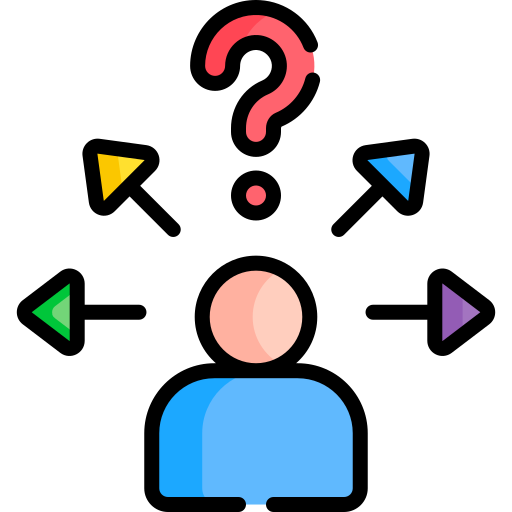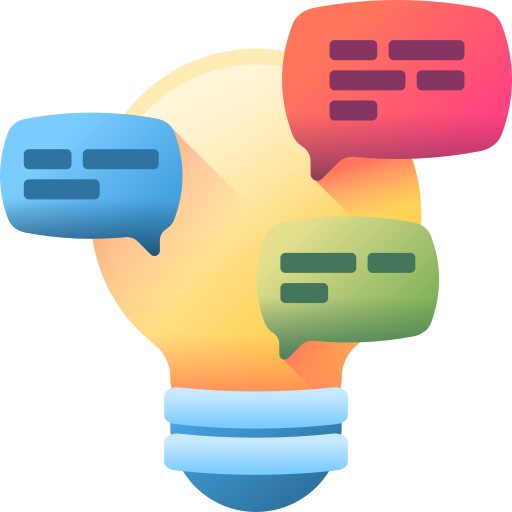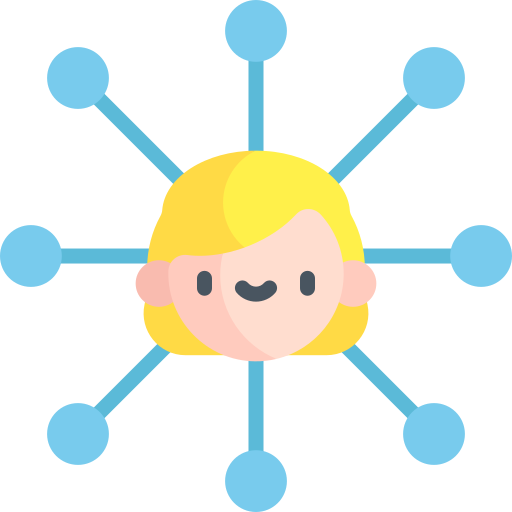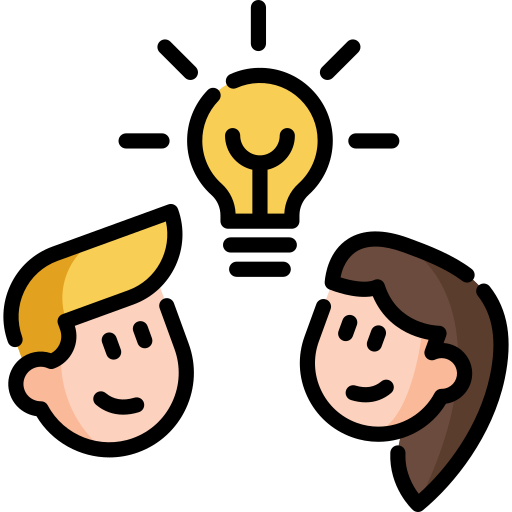Meet Cal.

Cal is an educator struggling with his students' limited understanding of the history curriculum he teaches. Confused by their difficulty in grasping historical concepts and lack of critical thinking skills, he searches for a solution.

Discovering the SOLO taxonomy, he witnesses a remarkable transformation in his classroom. Students become actively engaged, develop higher-order thinking skills, and take ownership of their learning journey.

What is SOLO Taxonomy?
In the ever-evolving field of education, educators like Cal continually seek innovative approaches to enhance student learning. One such method gaining traction is the Structure of Observed Learning Outcome (SOLO) taxonomy.
SOLO Taxonomy, developed by John Biggs and Kevin Collis, is a classification system that helps teachers classify learning outcomes in levels of increasing complexity of student understanding.
It provides a framework for understanding the progression of a student's learning journey.
Levels of SOLO Taxonomy
1. Prestructural (pre-surface understanding)
At this level, students have little or no understanding of a topic. They might be confused and have a hard time grasping the basics.

2. Unistructural (surface understanding)
Students start to understand one aspect of the topic. They can identify some facts or concepts, but their understanding is still limited.

3. Multistructural (surface understanding)
Students begin to connect different pieces of information. They can see how different parts relate to each other and have a broader understanding.

4. Relational (deep understanding)
Students can analyze and explain the relationships between different ideas. They can think critically and understand the bigger picture.

5. Extended Abstract (conceptual understanding)
This is the highest level. Students can think deeply and independently about a topic. They can apply what they've learned to new situations and come up with creative solutions.
Quiz
Cal is teacing a unit on electricity. One of Cal's students is having difficulty identifying what electricity is and the components of an electric circuit. At what level should Cal classify this student's level of understanding?
What Do SOLO Taxonomy Levels Look Like in the Classroom?

Let's break this down into more practical terms to better understand what these levels of understanding might look like in the classroom.

Students at the prestrucural level might say:
"I don't understand."
"What am I supposed to do?"
"I've never heard of this before."

Students at the unistructural level might say:
"I have one idea."
"I can define a term."
"I can do a simple procedure."

Students at the multistructural level might say:
"I have lots of ideas about this topic!"
"I can describe some of my ideas."
"I don't understand how these ideas connect."

Students at the relational level might say:
"I know how these ideas connect."
"I can apply what I have learned."
"I can explain WHY this happens."

Students at the extended abstract level might say:
"I can use what I learned and apply it to something else."
"I can make predictions based on what I learned."
"I can evaluate something based on what I learned."
How to Classify Learning Outcomes Using SOLO Taxonomy
1. Identify the Learning Outcomes

Start by clearly defining the specific learning outcomes you want students to achieve. These outcomes should reflect what students should know, understand, or be able to do by the end of the learning experience.
For example, if you're teaching a unit on electricity, learning outcomes may include:
Students will be able to construct simple series and parallel circuits and describe their differences.
Students will be able to analyze the factors that affect the brightness of a bulb in a circuit, such as the number of batteries.
2. Determine the Level of Understanding

Assess the depth of understanding required for each learning outcome. Consider the complexity of thinking and the extent to which students must connect and apply knowledge.
When determining the depth of understanding to assign a learning outcome, refer to the following list of verbs below that relate to each level.
NOTE: the prestructural level represents a lack of understanding of anything to do with a topic. Because of this, learning outcomes aren't typically assigned to this level of understanding according to SOLO.
However, as a teacher, you can start with "the first stepping stone" and assign simple, lower-order outcomes such as "identify, memorize, and recall."

Unistructural
Identify
Define
Perform simple procedure

Multistructural
Define
List
Combine
Describe
Use algorithm

Relational
Classify
Analyze
Relate
Outline cause
Compare & contrast

Extended Abstract
Reflect
Predict
Hypothesize
Create
Design & build
Reflect
3. Match with SOLO Taxonomy Levels

Assign each learning outcome to the appropriate level of the SOLO taxonomy. Here's an example of learning objectives from a grade 8 science unit on the topic of "Electricity" categorized using the SOLO taxonomy:
Unistructural — Students will be able to identify the basic components of an electric circuit, such as a battery, wires, and a bulb.
Multistructural — Students will be able to construct simple series and parallel circuits and describe their differences.
Relational — Students will be able to analyze the factors that affect the brightness of a bulb in a circuit, such as the number of batteries or the length of wires.
Extended/Abstract — Students will be able to evaluate the efficiency of a complex circuit with multiple components and switches, and reflect on how it functions based on their understanding of electrical principles.
Quiz
Eloise is beginning to plan a math unit on the Pythagorean Theorem. One of the learning objectives is, "Students will be able to design and build a 3D playground model using specified dimensions." Under what level should she classify this objective?
How Can Solo Taxonomy be Used to Support Student Learning?

Once you've classified the learning outcomes, you can focus on the most important part: improving student learning. After assessing students' thinking to determine their base levels of understanding, you can use the SOLO Taxonomy in a variety of ways:
Divide students into small groups to differentiate learning tasks based on their level.
Once students have achieved one learning objective, they progress to learning the lesson associated with the next level of understanding.
Using a "centres" approach, students can choose which activity best suits their current learning goals.
By aligning lesson objectives with specific SOLO levels, educators can design learning experiences that scaffold students' progression through the taxonomy, fostering a deeper understanding of concepts.
Use the taxonomy to create rubrics and assessment criteria that reflect the desired level of understanding.
Use the taxonomy to create a common language to discuss learning outcomes and progression with your students.
Based on the targeted level, employ specific learning approaches (e.g., explicit teaching, group work, problem-solving, reflective discussions, and inquiry) that help students meet those specific learning objectives.

Take Action
 Classifying learning outcomes with SOLO taxonomy will guide you in planning lessons, designing assessments, and selecting effective teaching methods. It ensures student progression, support, and a deeper understanding of concepts in a structured learning experience.
Classifying learning outcomes with SOLO taxonomy will guide you in planning lessons, designing assessments, and selecting effective teaching methods. It ensures student progression, support, and a deeper understanding of concepts in a structured learning experience.
Check out the following links to learn more about SOLO Taxonomy:
Your feedback matters to us.
This Byte helped me better understand the topic.
